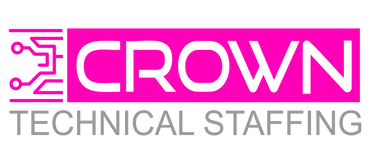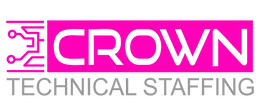Change can come in many shapes and sizes for manufacturers, from abiding by new ISO standards to rolling out a new manufacturing execution system. Regardless of whether this change is spurred on by corporate objectives of higher revenue, reduced costs, or simply customer demands, the fact is that organizations are pressured to change because change ultimately drives competitive advantage.
One of the core business practices that manufacturers implement to refine their operations and cope with rapidly changing business dynamics is change management. Simply put, change management assists individuals in navigating change, especially when they are naturally inclined to maintain the status quo. This is a systematic approach to dealing with a company’s transitions to new processes, tools, or initiatives.

To understand the role of leaders in change management, consider the analogy of a thermometer and a thermostat.
A thermometer reflects the temperature of the environment. It simply reacts to what’s happening around it. When tensions rise and people become anxious, such leaders often lose their composure. They become irritable, harsh, demanding, critical, impatient, and micromanagers.
A thermostat, on the other hand, regulates the environment. The thermostat is intelligent in the sense it’s always monitoring the environment, and if the temperature gets too hot or cold, it decides what to do to correct the situation.
Here are 5 suggestions for leading through change within an organization, regardless of your current style.
- Emotional Impact of Change: Organizational changes affect not only financial and process structures but also people’s emotions. Leaders must guide teams through transitions, addressing concerns and allowing them to process the loss of familiarity. The Kübler-Ross Change Curve illustrates the emotional journey during change, from shock to integration.
- Coaching Through Change: Leaders play a vital role in helping teams navigate the emotional challenges of change. The drama triangle (victim, persecutor, rescuer) can emerge, with the change often seen as the persecutor. Leaders themselves undergo their own change curve and must address their emotions while supporting their teams.
- Change Leadership and Communication: Effective communication is key. Leaders should address three key questions: What is the change? (Define the change)What does it mean for me? (Implications for the individual)What are the next steps? (Painting the future picture)The goal is to move teams from frustration to courage, challenging them to find their role in the change and empowering them throughout.
- Anticipating Change: Change, whether big or small, can trigger emotional responses. Leaders should be proactive, anticipating the needs and concerns of their teams during times of change.
- Empathy and Support: Leaders should show empathy, appreciate efforts, and acknowledge the progress of their teams. It’s crucial to align with the team, support momentum during challenging times, and work collaboratively to navigate change.
Your leadership style, whether it aligns more with the reactive nature of a thermometer or the proactive approach of a thermostat, is crucial to the success of change management. By understanding emotions, promoting open communication, anticipating challenges, and providing unwavering support, you can guide your team through the complexities of change, fostering a united, adaptable, and forward-looking organization.
So How Can We Help You…
When you’re ready to grow and expand your Engineering and Operations Leadership Teams, here are 3 ways that we can help:
- We partner with your existing talent acquisition teams to help attract and retain Engineers and the frontline leaders that drive productivity.
- Reduce the cost of acquiring and training new hires by supporting and enhancing the efforts of your onboarding team for the first 90 days.
- Provide a no-cost assessment of your current hiring strategies with a 15-minute consultation.


